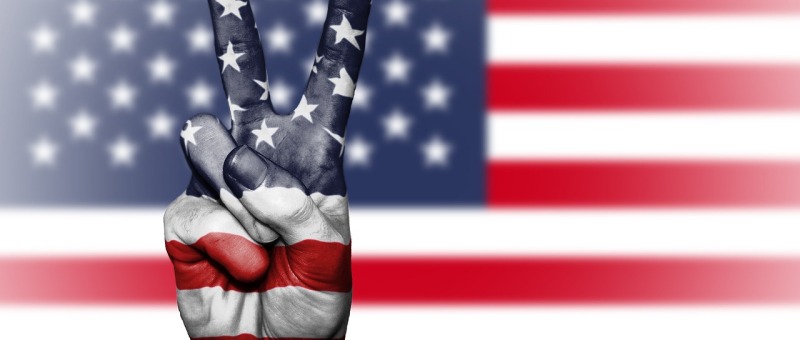If you’re from the U.S., what do most people identify with your state?
Are its citizens stereotypical “celebrity-worshipping leftists”?
Are they “elitist yuppies”?
Are they “country bumpkins” of middle America?
Stereotypes abound, and these stereotypes are often based on the culture that exists at the state level.
Over the past few weeks, we’ve looked at tightness and looseness of national cultures.
But every nation has subcultures and regional cultures.
This study delves into the tightness-looseness of the 50 United States.
And what researchers find is a spectrum – some states lean towards tightness, marked by strictly enforced rules and minimal tolerance for deviation, versus those who embrace looseness, with fewer rules and a more accommodating stance towards deviation.
This study delves deep into the roots of theory, reinforcing the idea that tightness–looseness is not just happenstance.
Instead, it’s a thoughtful adaptation to the nuances of local environments.
The Study
In their examination of tightness–looseness – i.e., the intensity of punishment and permissiveness within a social system – researchers created a comprehensive set of potential indicators and refined them to form a composite index comprising nine key items.
This index encapsulates four facets of punishment strength, incorporating factors such as the legality of corporal punishment in schools, historical execution rates, the prevalence of student punishment, and the severity of penalties for marijuana-related offenses.
Two additional dimensions delve into permissiveness, encompassing the accessibility of alcohol and the legality of same-sex civil unions.
Institutions reinforcing moral order and constraining behavior are assessed through state-level measures of religiosity and the percentage of individuals with no religious affiliation.
The final indicator, reflecting looseness, gauges the percentage of the total population that is foreign, offering insights into the degree of international diversity and cultural amalgamation within a state.
The study then ranked the states from tight to loose based on these indicators.
The Results Are In…
The top 10 tightest states (from highest to lowest):
- Mississippi
- Alabama
- Arkansas
- Oklahoma
- Tennessee
- Texas
- Louisiana
- Kentucky
- South Carolina
- North Carolina
And the top 10 loosest states (from highest to lowest):
- California
- Oregon
- Washington
- Nevada
- Maine
- Massachusetts
- Connecticut
- Hawaii
- New Hampshire
- Vermont
According to the study,
“tightness–looseness can account for the divergence of substance abuse and discrimination rates between states such as Hawaii and Ohio, reliably predicts the psychological differences in conscientiousness and openness between Colorado and Alabama, helps to explain the contrasts in creativity and social organization between Vermont and North Dakota, and provides some understanding concerning the dissimilarity in insularity and resistance toward immigration between Arizona and New York.”
Culture Wars
In essence, this research draws up the fascinating landscape of cultural dynamics across the 50 states of the United States using the tightness-looseness dichotomy.
The study sheds light on the divergence in substance abuse and discrimination rates, the psychological disparities in conscientiousness and openness, and the contrasts in creativity and social organization among states.
Breaking new ground, this challenges the conventional focus on tightness-looseness only at the national level.
The findings underscore the predictive and explanatory power of tightness-looseness across diverse levels of analysis, paving the way for future research to extend this exploration into organizational and community realms.
While the correlational nature of the research precludes definitive causal inferences, the results align with tightness-looseness theory and broader eco-cultural approaches to understanding cultural differences.
The study proposes that local environments, shaped by natural disasters, resource scarcity, and other threats, drive the adaptation of cultural norms, behavioral patterns, and psychological traits.
Tightness emerges as an adaptive response in high-threat environments, fostering norms, impulse control, and orderliness.
Conversely, low-threat environments cultivate looseness, promoting openness and flexibility.
Unveiling significant policy implications, the research illuminates the contrasting outcomes associated with tight and loose states.
Tight states boast greater social stability and self-control but also exhibit lower sex equality, increased discrimination, and decreased innovation.
In contrast, loose states exhibit higher social disorganization and drug use but also embrace creativity, cultural openness, and greater happiness.
This nuanced perspective offers insights into what has been coined as “culture wars” between states, not just explaining their existence but also delving into their maintenance and psychological roots.


